Rain can turn a dream vacation into a soggy nightmare faster than you can say “forecast.” Nothing ruins travel plans quite like discovering your phone died from water damage or finding all your clothes soaked through in your hotel room. Smart travelers know that staying dry isn’t just about carrying an umbrella – it’s about protecting everything you can’t replace and keeping your gear functional no matter what the weather throws at you.
1. Line Your Bag from the Inside

Professional hikers swear by this simple trick that transforms any ordinary bag into a waterproof fortress. Heavy-duty trash compactor bags work better than regular garbage bags because they’re thicker and more puncture-resistant.
Roll the liner’s top tightly after loading your belongings, creating an airtight seal. Even if your bag’s outer shell gets completely drenched, everything inside stays bone dry.
Purpose-built pack liners offer extra durability but cost more. The beauty of this method lies in its simplicity – water can soak through zippers and seams without reaching your precious cargo inside.
2. Double-Bag the Irreplaceables
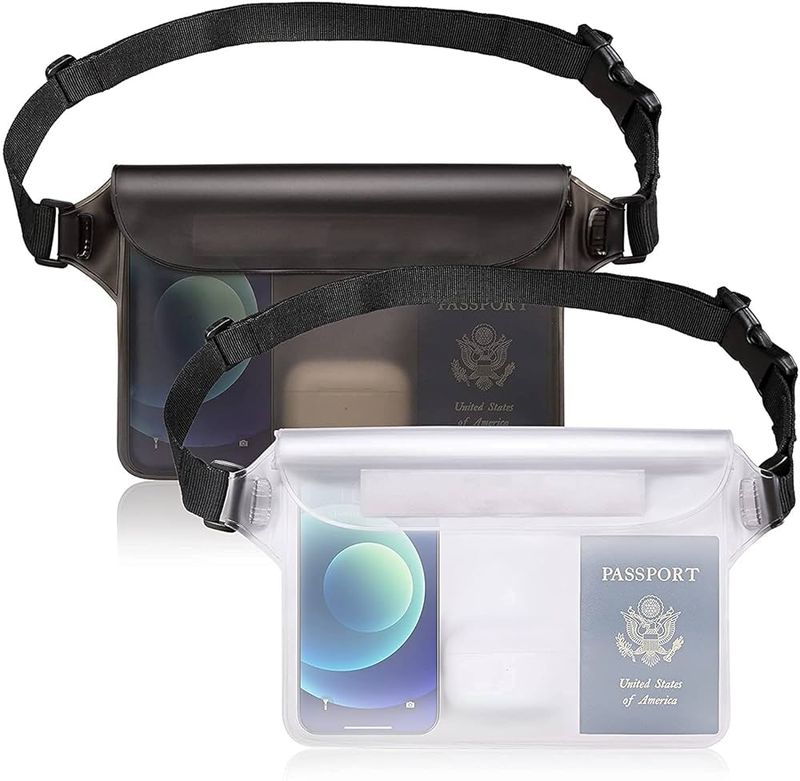
Your passport getting wet abroad isn’t just inconvenient – it can strand you in a foreign country. Electronics worth hundreds of dollars deserve military-grade protection from moisture and humidity.
Roll-top dry sacks provide the gold standard for waterproof storage, but two nested zip-top bags work surprisingly well for budget-conscious travelers. Throw in silica-gel packets to absorb any sneaky moisture that might slip through.
Keep this survival pouch near your bag’s top so you won’t have to dig around in the rain. Smart positioning saves time and prevents exposing other items to water while you search.
3. Separate Rain Shell for Your Bag
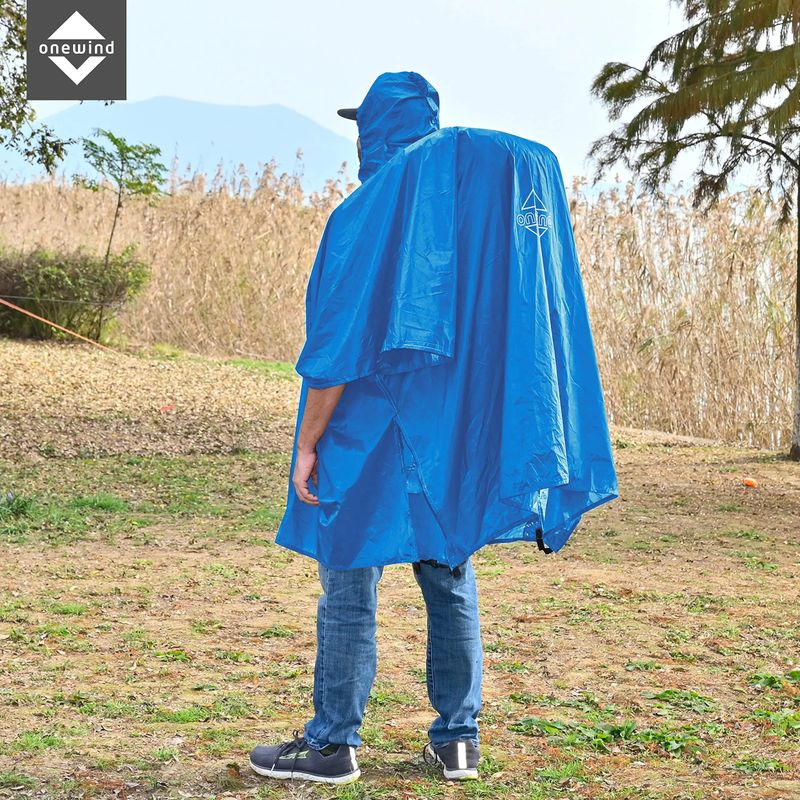
Backpack rain covers seem like obvious solutions, but they fail miserably in windy conditions when they blow around like deflated balloons. A simple poncho draped over both you and your pack creates a mobile shelter that moves with your body.
Wind turns rain covers into useless flapping fabric, but combining a poncho with a fitted cover creates redundant protection. Cotton totes become soggy sponges within minutes, so stick to synthetic materials that shed water effectively.
The poncho-plus-cover combination keeps runoff away from vulnerable zip seams where water loves to sneak inside and ruin your day.
4. Quick-Access Waterproof Pouches
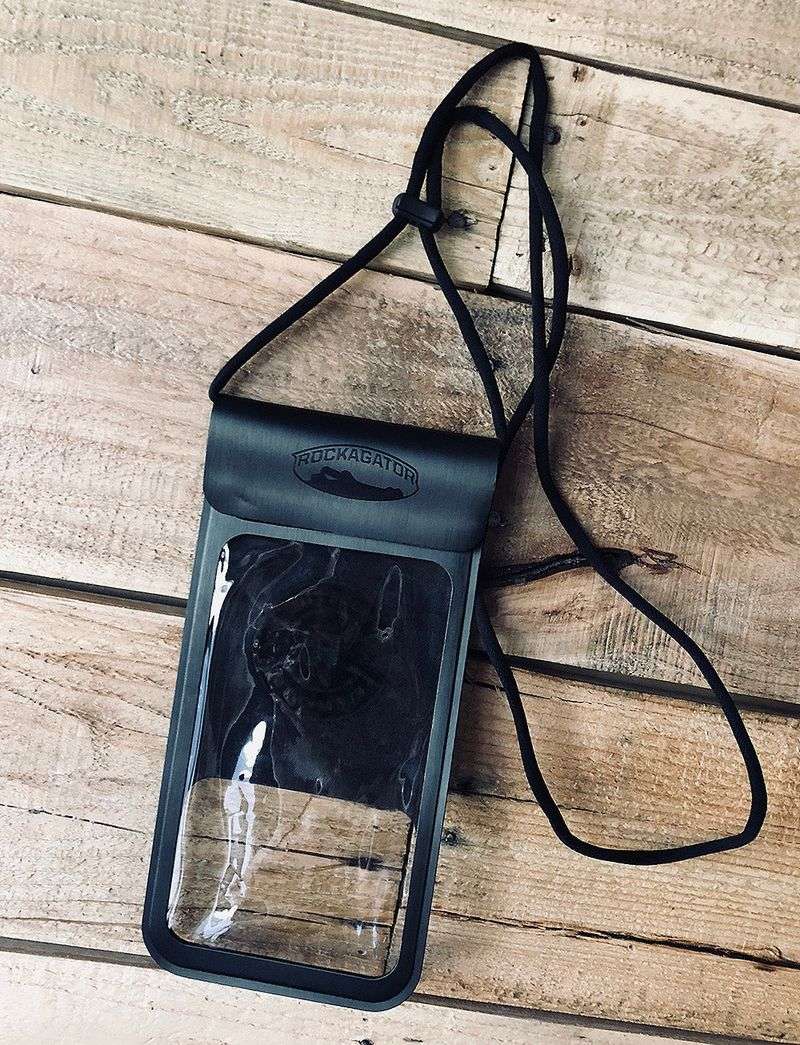
Fumbling with zippers in a downpour while trying to grab your phone practically guarantees water damage. Clear waterproof pouches on lanyards keep essentials visible and accessible without exposing your main bag’s contents to moisture.
Transit cards, room keys, and wallets should live in jacket pockets with water-resistant zippers rather than buried deep in backpacks. Quick access prevents the frantic digging that leads to soaked belongings.
Transparency matters because you can identify items instantly without opening anything. This simple system eliminates the need to unzip compartments while standing in the rain like a drowned tourist.
5. Footwear That Dries Fast

Soggy shoes create miserable walking conditions and breed bacteria that’ll make your feet smell like a swamp. Travel with one waterproof pair for wet conditions and one quick-dry pair for backup when the first pair needs recovery time.
Hotel drying requires strategy – remove insoles immediately and stuff shoes loosely with dry paper or microfiber towels. Elevate them on luggage racks to maximize airflow around all surfaces.
Avoid direct heat sources like radiators or hairdryers that can warp adhesives and crack leather. Patience pays off when your shoes dry properly without damage that could ruin the rest of your trip.
6. Camera and Lens Protection That Actually Works

Professional photographers shooting in harsh weather rely on specialized rain sleeves that cost less than replacing a single lens. These clear plastic covers allow full camera operation while keeping moisture away from sensitive electronics and optics.
Carry two dedicated microfiber cloths – one exclusively for glass surfaces and another for camera bodies to prevent cross-contamination of oils and dirt. Never change lenses outdoors during precipitation because water drops on sensors require expensive professional cleaning.
A simple zip bag with a rubber band around the lens hood works as emergency protection when purpose-built sleeves aren’t available for your specific camera model.
7. Pack Fabrics That Don’t Hold Water
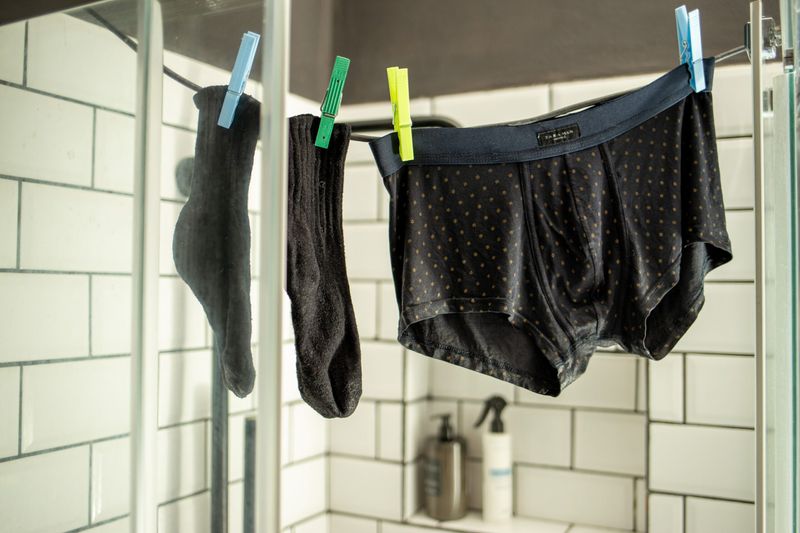
Cotton might feel comfortable at home, but it becomes a soggy nightmare when traveling in wet climates. Synthetic fabrics and merino wool shed moisture quickly and maintain insulation properties even when damp.
Quick-dry travel towels wring out easily and take up minimal luggage space compared to traditional cotton terry cloth versions. Base layers made from technical fabrics dry overnight with hotel HVAC systems running.
Weight matters when you’re carrying everything on your back through airports and train stations. Synthetic materials pack smaller, weigh less when wet, and bounce back to full functionality faster than natural fibers that hold onto moisture stubbornly.
8. Hotel Drying Routine That’s Safe and Fast
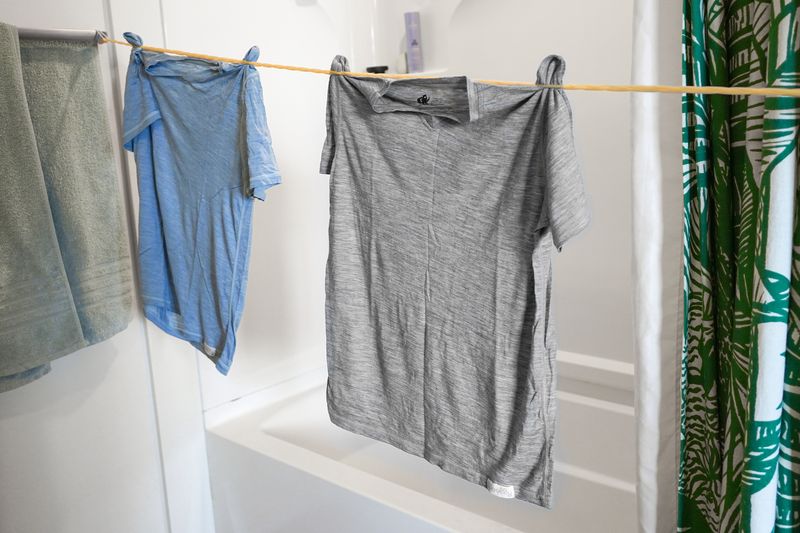
Professional laundromats use mechanical water extraction before applying heat, and you can replicate this process in any hotel room. Roll wet clothes tightly inside a dry towel and twist hard – this pulls out surprising amounts of water through compression.
Bathroom ventilation fans and air conditioning systems become powerful drying tools when used strategically. Space items apart for maximum airflow and use the AC’s “dry” or “dehumidify” mode if available.
Create drip zones using travel clotheslines with suction cups or spare hangers across shower rails. This prevents water from flooding floors while gravity helps remove remaining moisture efficiently.
9. Use Laundry Facilities When Available
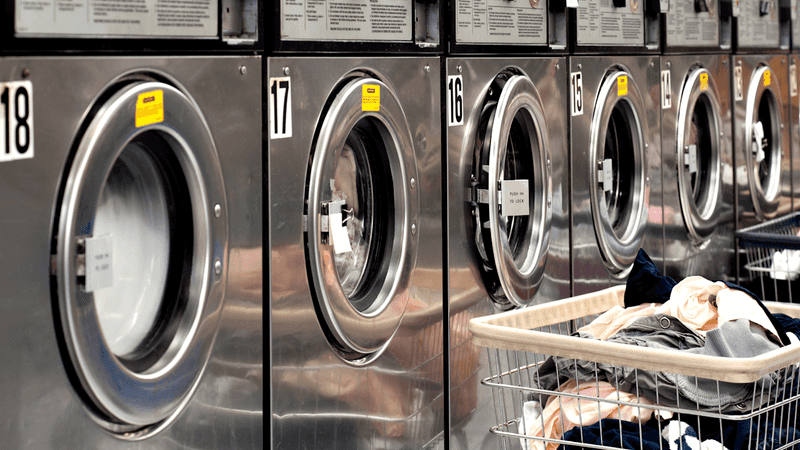
Hotel guest laundry rooms offer professional-grade machines that extract water more effectively than hand-wringing ever could. Technical fabrics require low heat settings to prevent damage to synthetic fibers and waterproof coatings.
Waterproof membranes can be tumble-dried only if care labels explicitly allow it – otherwise, the heat destroys the microscopic pores that make breathable fabrics work properly. When in doubt, run a spin cycle only to extract water mechanically.
Delicate items benefit from short spin cycles followed by in-room line drying. This combination removes maximum water without subjecting expensive travel gear to potentially damaging heat that could ruin technical performance features permanently.
10. Build a Wet-Gear Quarantine

Cross-contamination ruins more travel gear than direct rainfall because wet items spread moisture to everything they touch. Dedicated dry sacks or thick trash bags create isolation zones that contain wetness and prevent it from spreading.
Stage a makeshift “mud room” near your hotel entrance using the provided laundry bag or spare trash bags. This prevents rainwater from tracking through your temporary living space and soaking clean, dry belongings.
Mental preparation matters – having designated wet-gear storage ready means you won’t panic and throw soaked items anywhere convenient. Organization prevents moisture damage and keeps your room from becoming a swampy disaster zone that breeds mold and unpleasant odors.
11. Don’t Rely on Rice – Use Real Desiccants
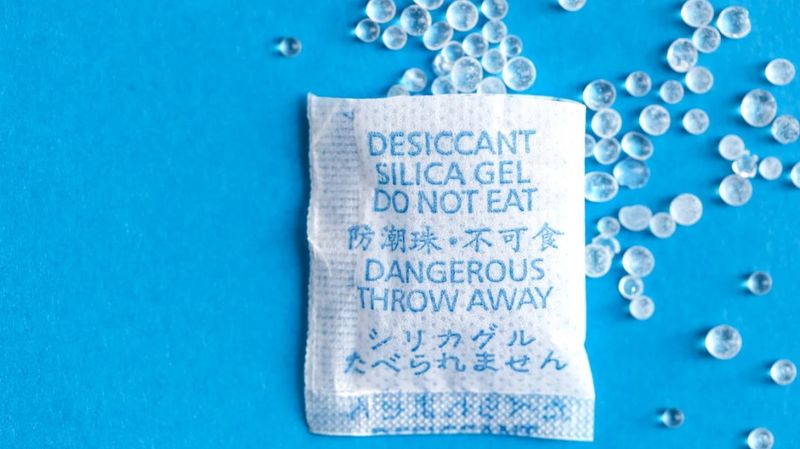
The rice trick for wet electronics ranks among travel’s most persistent myths, performing barely better than leaving devices in open air. Proper silica-gel packets or molecular-sieve desiccants actively pull moisture from the air with scientific precision.
Power off any damp device immediately to prevent short circuits that cause permanent damage. Sealing electronics with real desiccants creates a controlled environment where moisture gets absorbed systematically rather than randomly.
Rice might work for minor condensation over several days, but travelers need reliable solutions that work quickly. Professional-grade desiccants cost pennies compared to replacing expensive electronics that rice couldn’t save from moisture damage during critical travel situations.



